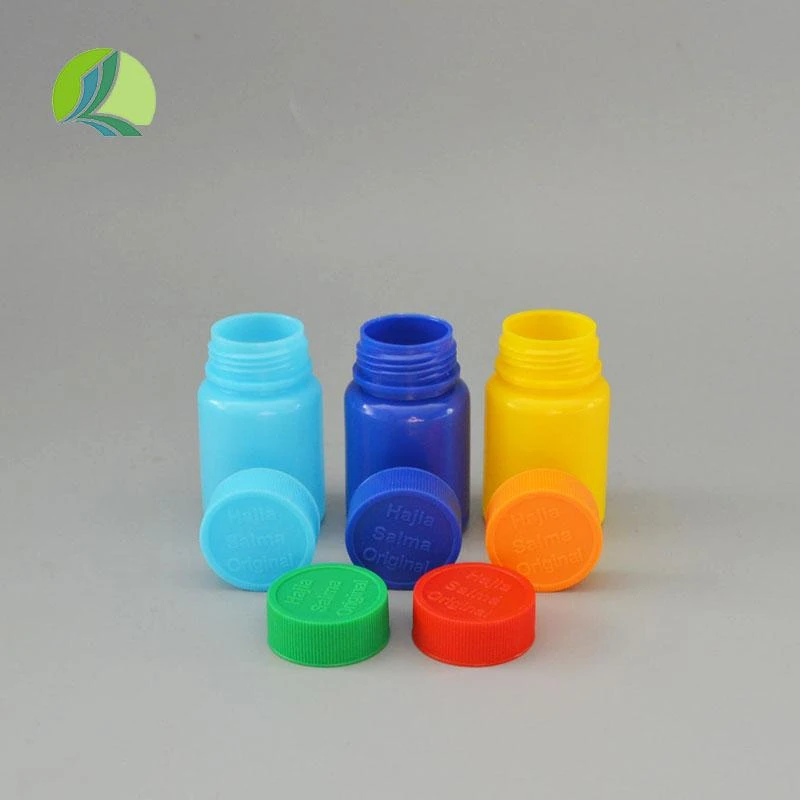https://www.wahmg.com/)">
Color Variations in CRP Sample Vials and Their Significance in Testing
Color Variations in CRP Sample Vials and Their Significance in Testing
Understanding CRP Sample Vial Color Significance and Implications
In the realm of clinical diagnostics, the color of sample vials plays a critical role not only in preserving the integrity of the samples but also in ensuring accurate test results. One particular area of focus is the sample vials used for measuring C-reactive protein (CRP), an important marker in the diagnosis and monitoring of inflammation in the body. This article aims to explore the significance of CRP sample vial color, its implications for laboratory practices, and the broader context of laboratory safety and efficiency.
The Role of CRP in Clinical Diagnosis
C-reactive protein is a substance produced by the liver in response to inflammation. Its levels in the blood can rise significantly during acute infections and chronic diseases, making it a crucial biomarker for diagnosing conditions such as autoimmune diseases, infections, and even certain cancers. The ability to accurately assess CRP levels requires proper handling and storage of blood samples, which is where the choice of sample vial color becomes important.
Significance of Vial Color
Sample vials are available in various colors, each serving a specific purpose dictated by the additives within the vials. For CRP testing, vials may be color-coded to indicate the type of additive they contain, which can influence the results. Common colors include red, green, and blue, each representing different properties
- Red Vials These typically contain no additives and are used for serum collection. They are ideal for CRP testing where serum is required for analysis.
- Green Vials Often containing heparin as an anticoagulant, these vials are used for plasma collection. Heparin prevents the blood from clotting, which is essential for certain types of blood tests, though not always recommended for CRP testing.
- Blue Vials These usually contain sodium citrate and are mainly utilized in coagulation studies. While they can be used for other tests, they are not typically preferred for CRP measurement due to potential dilution effects.
crp sample vial color

Understanding these distinctions is crucial for healthcare professionals who collect samples and for laboratory technicians responsible for analyzing them. The wrong vial can lead to erroneous results, which could ultimately affect patient care.
Implications for Laboratory Practices
The choice of the vial color in CRP testing highlights the importance of following specific protocols to ensure patient safety and accurate results. Laboratories must standardize their practices regarding sample collection and handling to minimize variability. Training staff on the significance of vial colors and their respective uses is essential, thereby reducing the risk of contamination and incorrect diagnoses.
Furthermore, laboratories should implement robust systems for tracking samples from collection to analysis. Mislabeling or mishandling samples due to ignoring vial color significance could lead to serious consequences. The integration of digital systems for tracking samples can enhance efficiency and accuracy, ensuring that tests are conducted using the correctly indicated vials.
Broader Context Laboratory Safety and Efficiency
Beyond the immediate implications for CRP testing, the color coding of sample vials and adherence to established protocols represent a broader commitment to laboratory safety and efficiency. Ensuring that laboratory personnel is educated about the importance of each vial's properties leads to a culture of diligence and precision. This commitment not only affects individual test outcomes but also contributes to the overall quality of healthcare delivery.
Moreover, understanding the significance of sample vial color is a component of the larger discourse on laboratory best practices. As laboratories continue to evolve with technological advancements, maintaining adherence to laboratory standards, including proper sample collection methods, remains essential. This practice ultimately drives better patient outcomes and enhances the reliability of diagnostic medicine.
Conclusion
In conclusion, the color of CRP sample vials is more than just a practical consideration; it is a crucial element of clinical diagnostics. By grasping the implications of vial colors and adhering to proper laboratory practices, healthcare professionals can enhance the accuracy of CRP testing. This diligence not only impacts individual patient care but also reinforces the integrity and safety of the healthcare system as a whole. The focus on vial color underscores a broader commitment to precision, accountability, and quality in clinical diagnostics.
-
Wholesale Plastic Juice Bottles with Caps 16 oz Options Available Bulk Packaging SolutionsNewsJun.10,2025
-
Laboratory Apparatus Reagent Bottle – Durable & Chemical Resistant Bottles for Safe StorageNewsJun.10,2025
-
Squeezable Dropper Bottles Durable, Leak-Proof & CustomizableNewsMay.30,2025
-
Affordable Plastic Petri Plates Sterile & Disposable Lab-GradeNewsMay.30,2025
-
Eye Dropper Caps Precision 24/410 & Plastic Bottle-Compatible TipsNewsMay.30,2025
-
Affordable Mini Spray Bottle Price & Wholesale Deals Shop NowNewsMay.29,2025





















